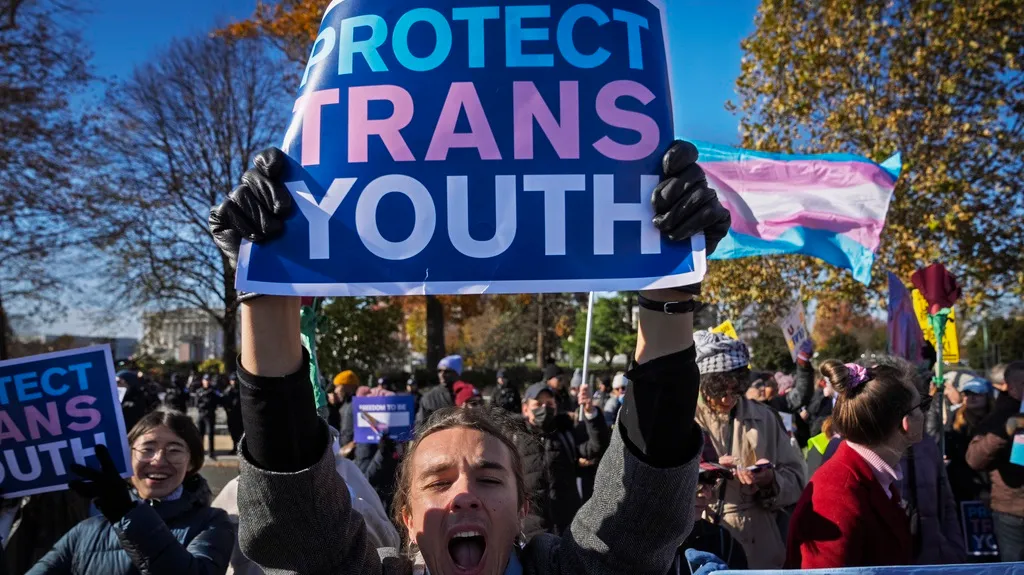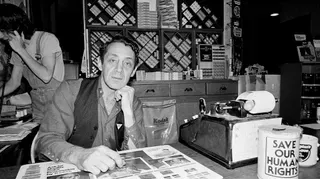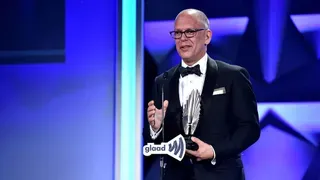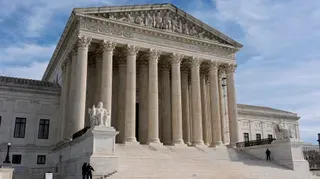May 19, 2011
Rich Spend, Others Scrimp, Retail Reports Show
Kilian Melloy READ TIME: 3 MIN.
High gas prices are driving a wider wedge between the wealthy and everybody else.
The rich are back to pre-recession-style splurging: Saks Fifth Avenue and Nordstrom customers are treating themselves to luxury items like $5,000 Hermes handbags and $700 Jimmy Choo shoes, and they're paying full price.
At Target and Walmart, shoppers are concentrating on groceries and skipping even little luxuries. BJ's Wholesale Corp. said Wednesday that its customers are buying more hamburger and chicken and less steak and buying smaller packs to save money.
"The average shopper isn't in the game, except for necessities," said Faith Hope Consolo, chairman of retail leasing and marketing at Prudential Douglas Elliman. At the same time, among the rich, "Luxury products are selling like bread."
J.C. Penney, Wal-Mart and home-improvement retailer Lowe's Cos. all said they're noticing their customers are consolidating shopping trips to save money on gas as the average price hovers near $4 a gallon.
More than a half-dozen corporate earnings reports this week show that, for the affluent, rising prices are merely a nuisance. For others, they can mean scrimping to put food on the table.
The wealthy were the first to start spending again after the recession. Middle-class Americans' spending started picking up late last year.
But the retail earnings results show that rising prices for gas and food, particularly meat, dairy and produce, have started to erode spending power.
It could get worse later this year, when clothing prices are expected to rise 10 percent to 15 percent. Meat prices are expected to rise 6 percent to 7 percent this year and dairy products as much as 5.5 percent, according to USDA estimates.
The bottom fifth of earners, with a median household income of $9,846, spend 35.6 percent of their income on food and 9.4 percent on gas, according to Citi Investment Research.
The top fifth, whose median household income is $157,631, spend only 6.8 percent on food and 1.9 percent on gas. So they feel price increases less.
"While the U.S. economy is showing some signs of improvement, we expect the recovery will continue to be slow and uneven, particularly for more moderate-income households," Gregg Steinhafel, Target's chairman, president and CEO, said on a conference call with analysts Wednesday.
The divide is prompting retailers to alter their strategies: Luxury stores like Saks Fifth Avenue, which had added more items, from shirts to suits, at lower prices after the financial meltdown in late 2008, are again rebalancing their assortments. Now, it's back to the $300-plus dress shirts.
"We are increasingly optimistic about the future," Saks CEO Stephen Sadove said in a call with analysts on Tuesday after reporting a 9 percent first-quarter revenue increase.
At the other end of the spectrum, Wal-Mart and others under more pressure to get their financially squeezed shoppers to spend, are offering more discounts and pushing smaller packages at the end of the month when shoppers have less money.
CVS Caremark Corp. announced Wednesday it was offering a new program for its loyalty card members to earn free $10 gas cards for every $30 they spend on certain items from Sunday through Aug. 28. Eligible offerings, from soda to household cleaning products, will be listed in an advertising circular and highlighted on store shelves with a gas tank logo.
Target, whose shoppers' median household income is $60,000, said Wednesday that it's the better-off customers who are driving its revenue growth. The rest of its customers are focusing on necessities like food, resulting in some sales declines in the rest of the store.
Wal-Mart Stores Inc. the world's largest retailer and a barometer of the financial health of consumers, has noticed rising gas prices adding financial strain for its low-income customers. Wal-Mart shoppers' median income is $42,000 to $45,000, estimates Craig R. Johnson, president of retail consultant Customer Growth Partners.
CEO Mike Duke told the media last month that Wal-Mart is seeing more pronounced drops in buying in the few days before the end of the month when money is tight and then a big spike in spending during the first few days of the month when many shoppers get paychecks or government assistance.
The company had already been adding more small packages at the end of the month to appeal to budget-constrained shoppers and now plans to push smaller packages even more.
"The importance of delivering everyday low price has never been as great, as our customers are consolidating trips due to higher gas prices," said Bill Simon, CEO and president of Wal-Mart's U.S. division.
Kilian Melloy serves as EDGE Media Network's Associate Arts Editor and Staff Contributor. His professional memberships include the National Lesbian & Gay Journalists Association, the Boston Online Film Critics Association, The Gay and Lesbian Entertainment Critics Association, and the Boston Theater Critics Association's Elliot Norton Awards Committee.






